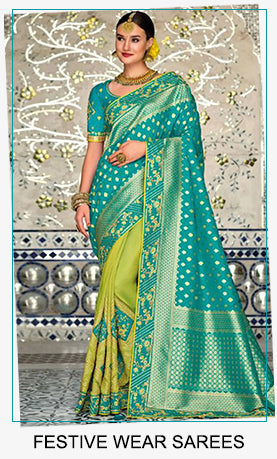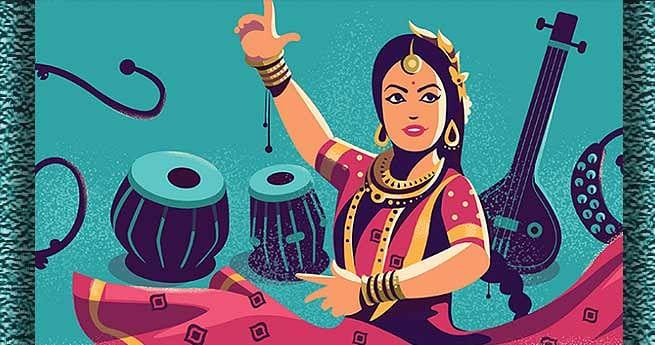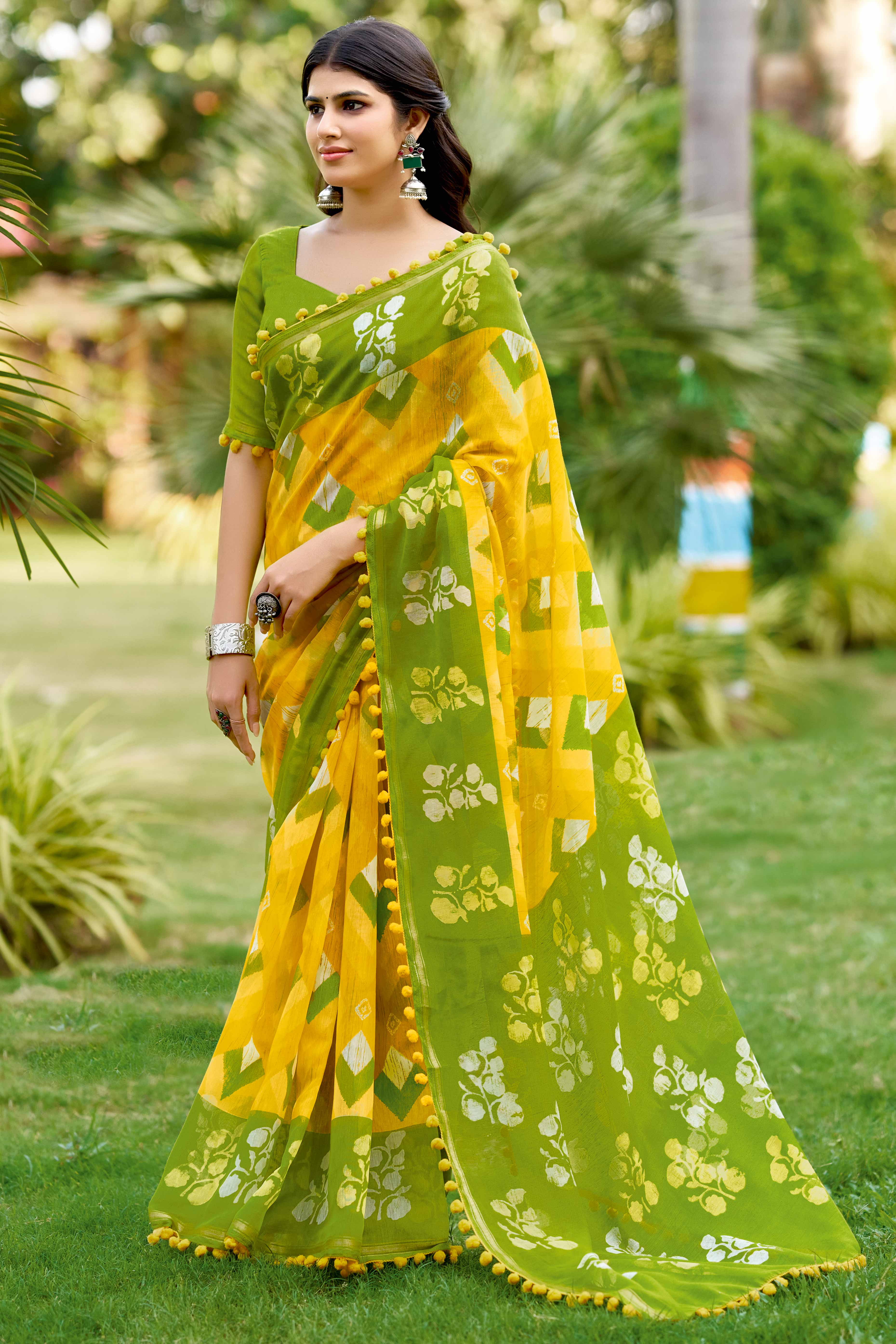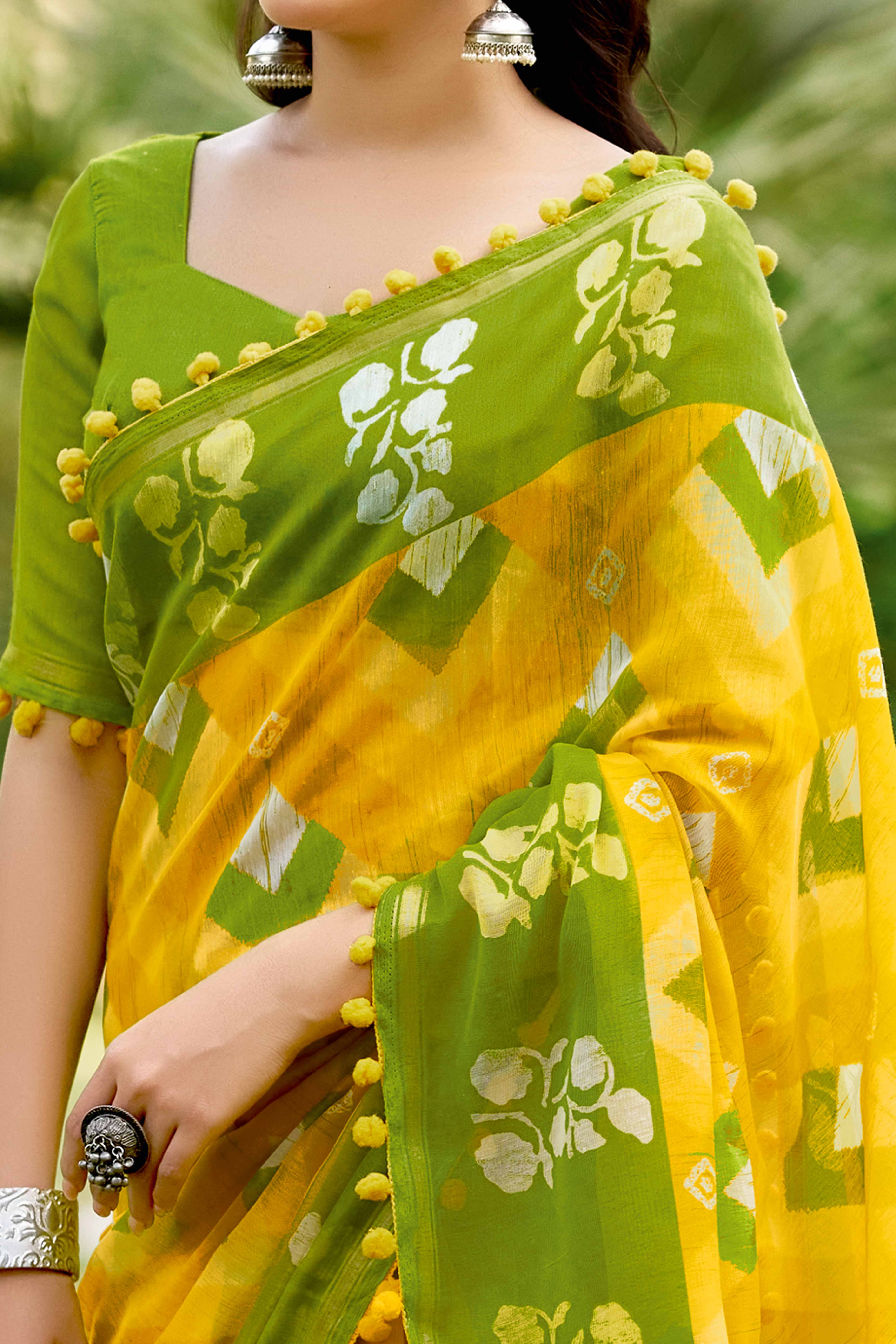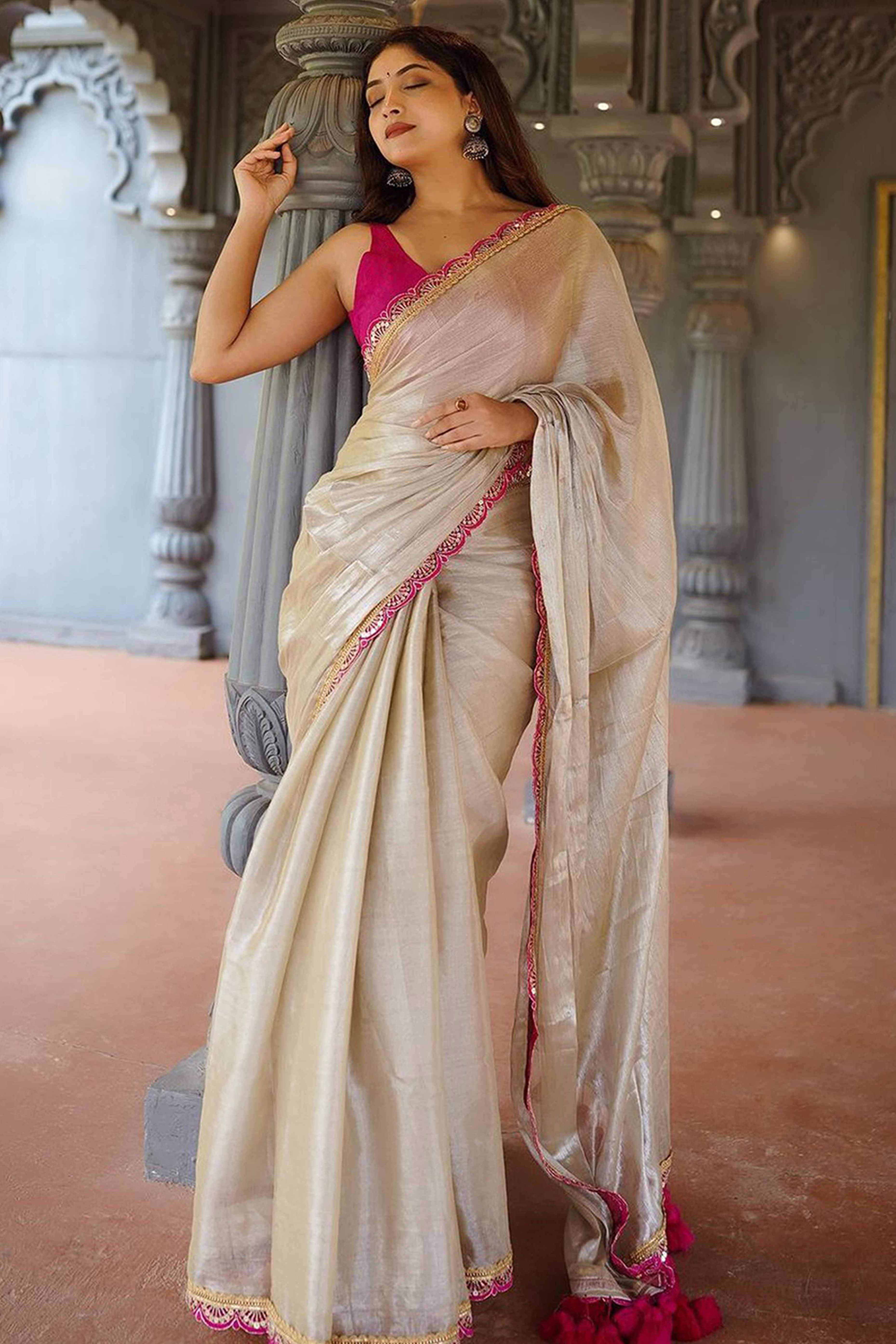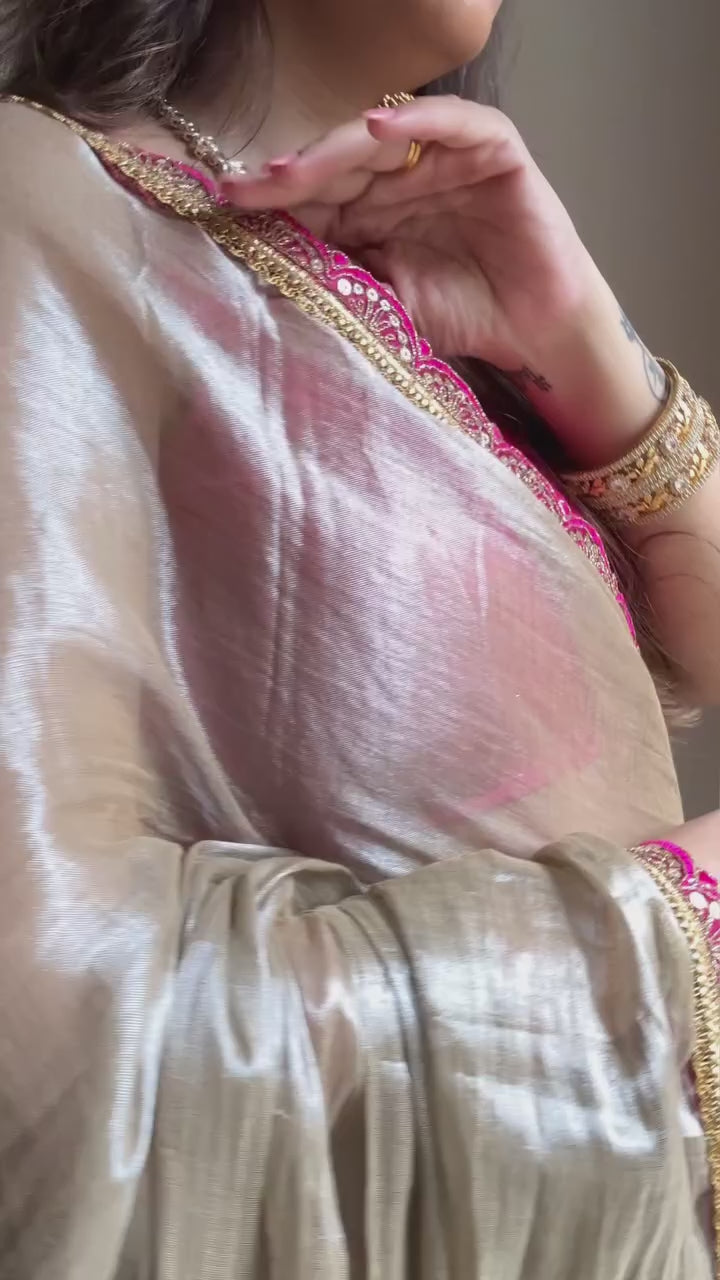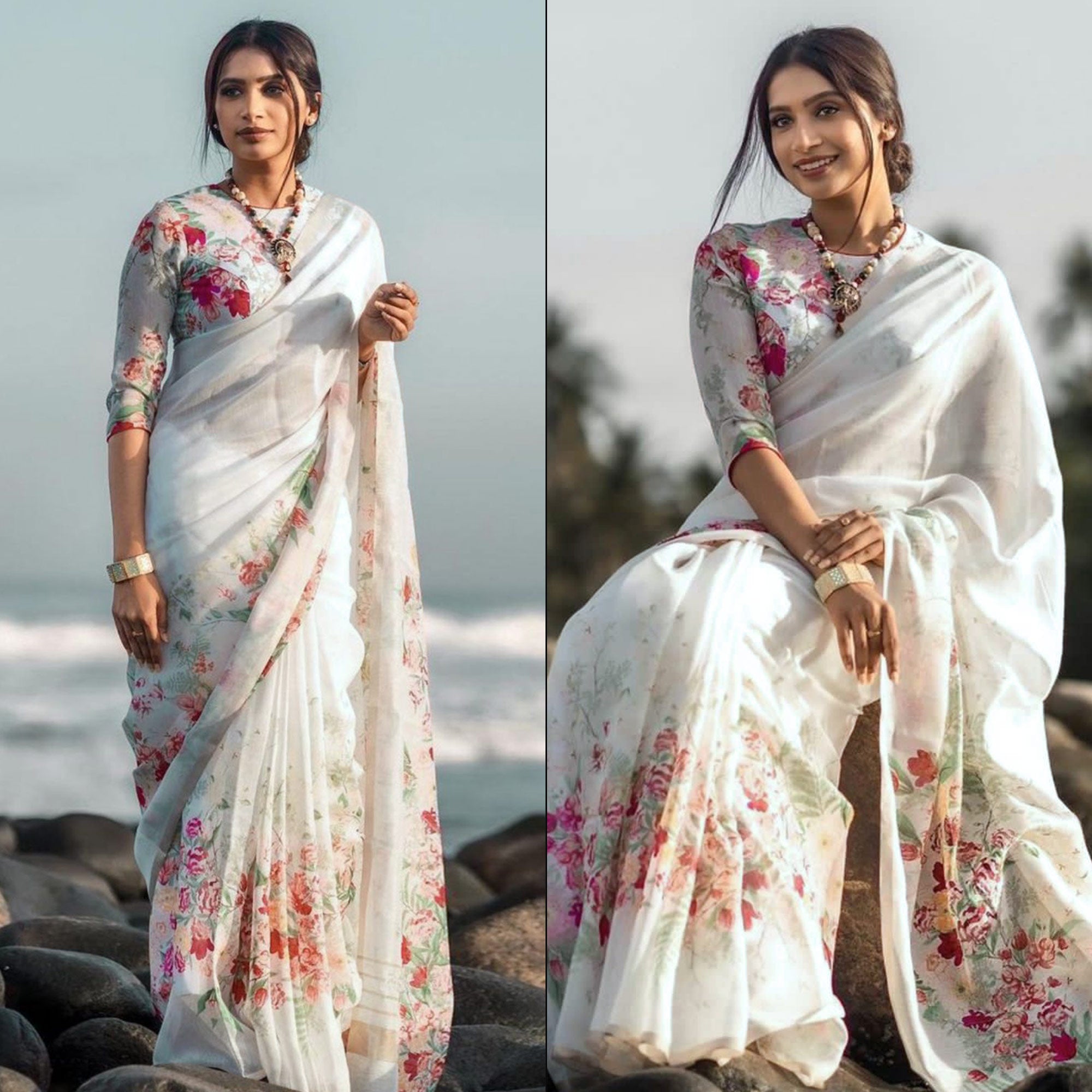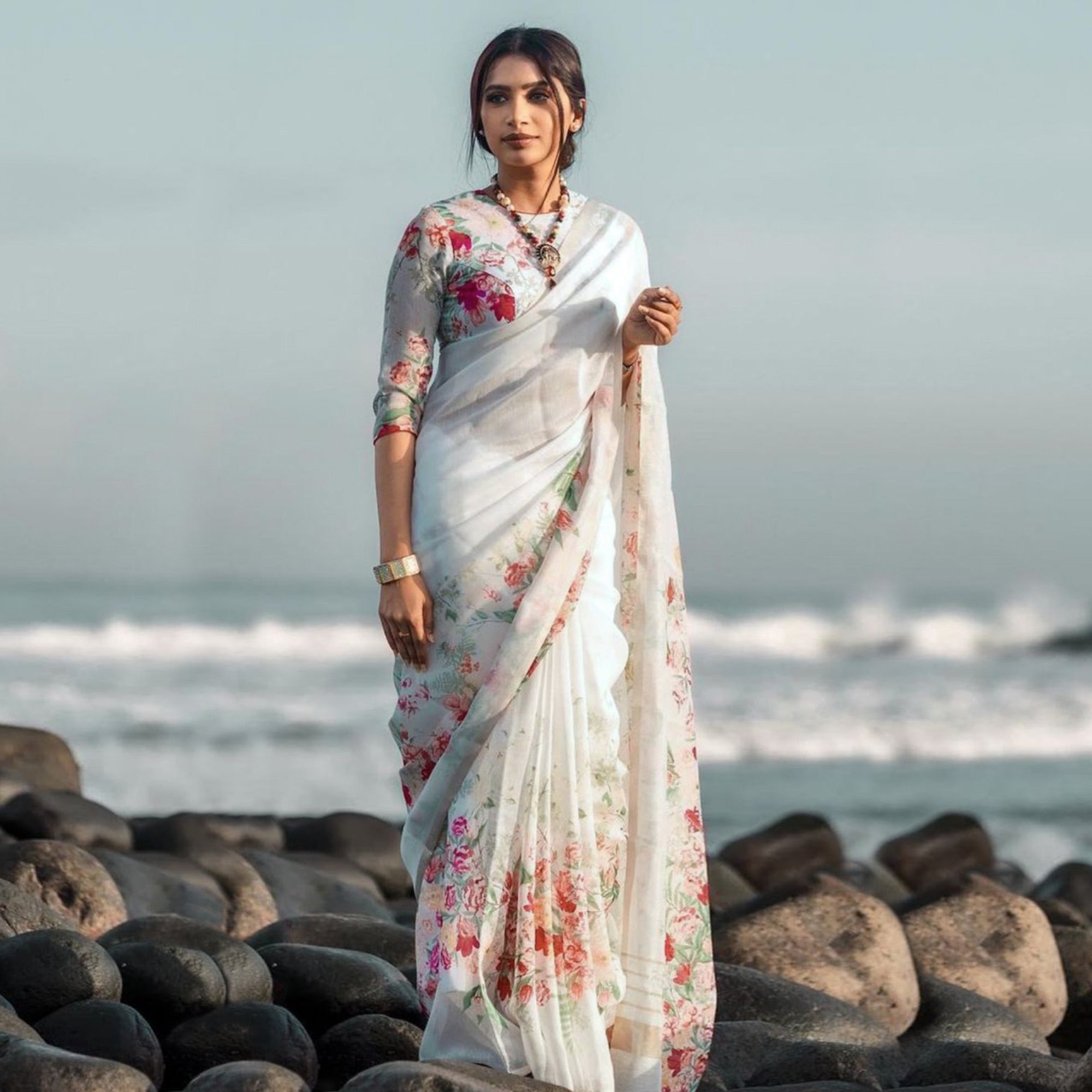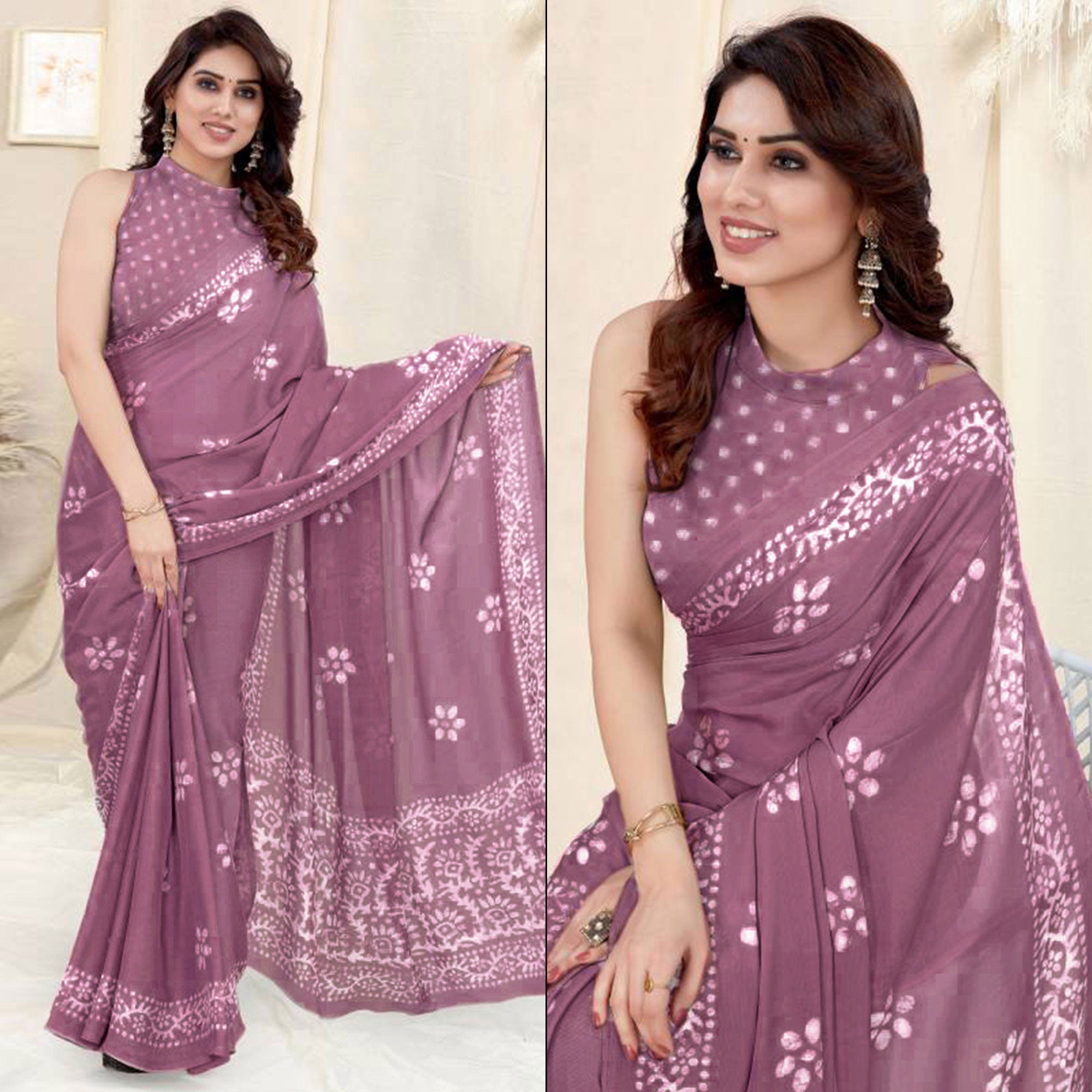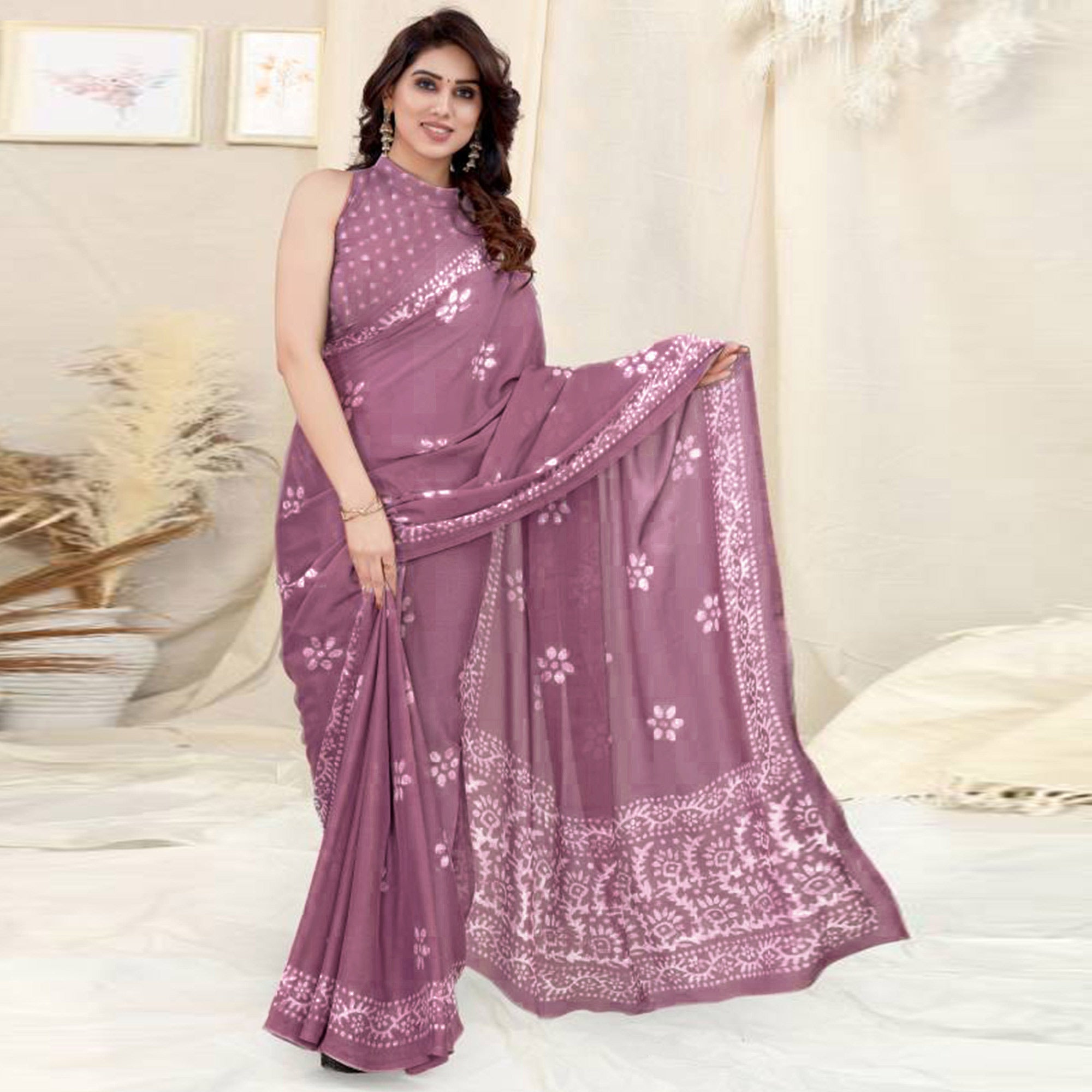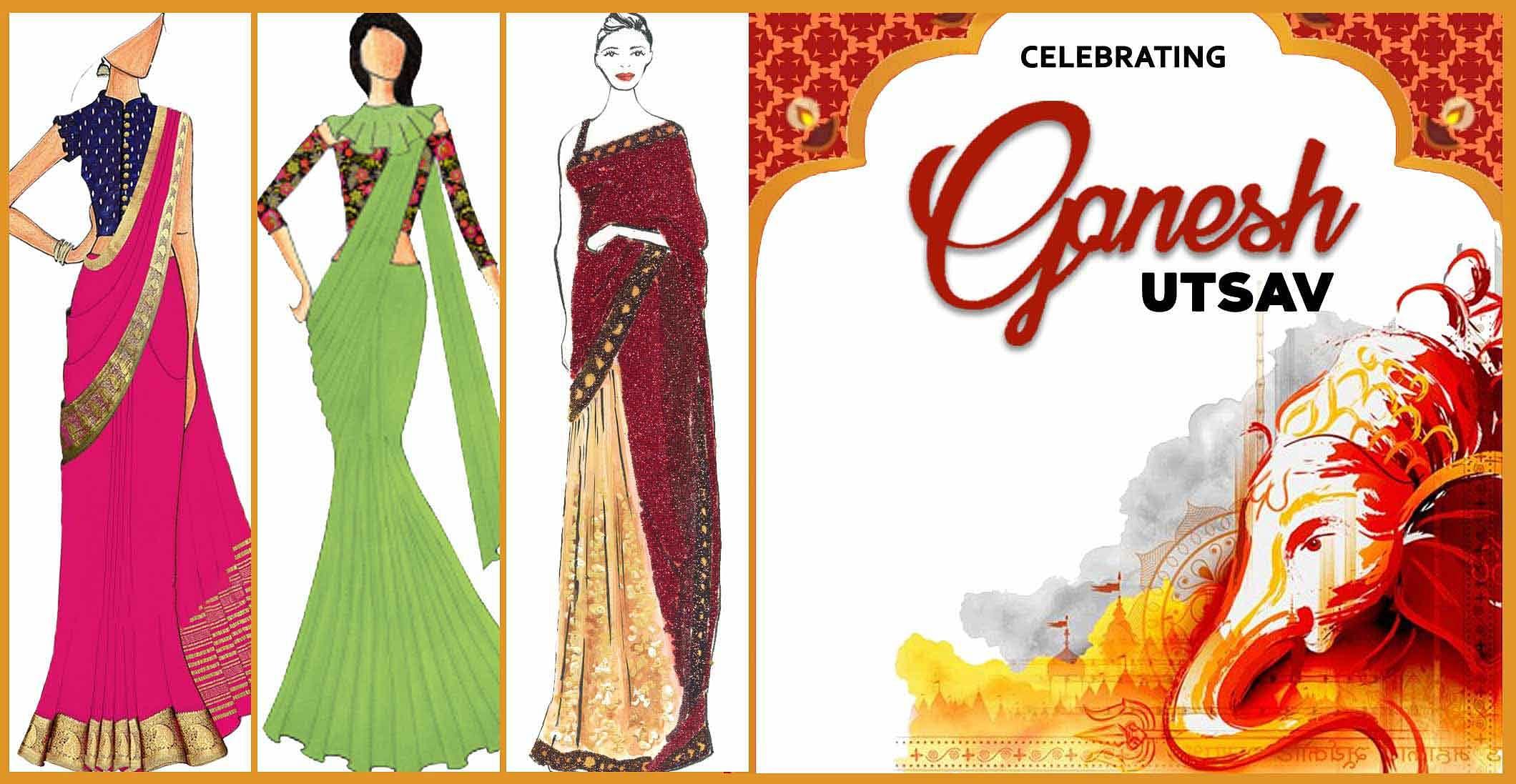Kathak is one of the most famous of the eight forms of classical dances in India. Derived from the Sanskrit word Katha, Kathak is the art of narrating a story beautifully through dance. These story tellers –dancers came to be known as Kathakars. The involving of expressional dancing, gestures and miming of the narratives made the story telling all the more enchanting and somehow this form evolved into a more popularly form that took the name Kathak.
Kathak and its Tale
Kathak was born in the villages of Northern India where the Kathakars travelled on foot to neighbouring villages sharing life stories through the dance form. It also became a temple dance form and the temple priests encouraged this art, giving it a spiritual and mythological touch too.
With the invasion of Mughals in India, Kathak too was affected and was absorbed into the Muslim culture and this is how the dance form captures the essence of both Hindu culture and Muslim backdrops.

However, with the British rule gaining prominence in India, artists were barred from practicing or performing any dance forms and this shook the very existence of this historic dance and thus began its decline. The artists took it upon themselves to keep Kathak alive and began teaching it to their family members. Thus, Kathak became a family legacy.
With the freedom movements gaining force, started the revival of our culture and Kathak was revived. Social patrons help popularize this art further.
Revival of Kathak
Nawab Wajidali Shah brought about a golden era in the diminishing artform of Kathak. Being a keen dancer himself, he saw to it that this gifted dance got popularized and promoted.
Achhan Maharaj, Shambhu Maharaj, Gopi Krishna, Pandit Birju Maharaj, Pandit Rajendra Ganagani ji, Sitara Devi, Rohini Bhate, Maya Rao, Mandvi Singh, Shama Bhate, Shovana Narayana and many more artists gave their priceless contribution in Kathak.

Premium Institutes like Bhatkhande, Lucknow and Kathak Kendra Delhi along with many private and government aided dance institutes have taken it upon themselves to promote this heritage dance form and encourage more and more enthusiastic learners to become a part of the mesmerising dance tradition.
GHARANAS
This dance form became a rage during the medieval Hindu period of the Bhakti movement. The dance styles of Kathak and story narrations comprised various genres that were identified as gharanas. These were broadly classified into Jaipur Gharana, Lucknow Gharana and Banaras Gharana.
Jaipur Gharana imbibed narratives of true warriors and Rajputana dare-devilry. The warrior like movements they focused on were termed Parans and Kaviths. Known for their aggression in their dances, sharp foot tapping and calculated spins also became their signature moves.
Lucknow Gharana kept up the tehzeeb of the native region through its dance and hence was delicate and poised. The dances had gently infused ghazal like melancholic feels too.
Banaras Gharana got its name as it was conceived on the banks of the holy Ganga. This genre included dances around bhajans and had a spiritual angle to them. Also known as thumris, they also included mythological tales of Lord Krishna and the gopis.
Signature Aspects
Ghunghroo (a form of payal with large bells) is synonymous with Kathak. The rhythmic foot tapping and movement is further beautified by the synchronous music the ghunghroos emit. The number of ghunghroos worn by the dancers vary anywhere between 100 and 350. One very interesting thing about ghunghroos is that they emit sounds of various notes and decibels when the foot is tapped. In fact, the ghunghroos have a variety of hidden sounds like falling rain drops, running horses, chugging train and many more!
Facial expressions are essential in Kathak. It is mostly through expressions and hand gestures that the story or tukda is narrated.
The table, sarangi and manjira are the key musical instruments that go with a traditional Kathak performance. Additionally, there may be an array of other instruments that may accompany these.

Signature Steps
Traditionally, a Kathak performance includes all or most of these sequential foms-
- Vandana- basically a small prayer to God as a dedication
- Uthaan
- Thaat
- Aamad (This one is distinct to each Gharana)
- Salaami (influenced by the Mughal version of Kathak)
- Tukda/Toda (narrative)
- Tihai
- Paran
- Gatbhav
- Tatkaar (the foot tapping)
- Closing step
Costume & Make-up
The female costume for Kathat is ideally a sari that is draped with the pallu flowing but tied in a signature fashion through the waist. The Muslim version basically includes a ghaghra like skirt with an accompanying churidar and light jewellery.
For the males, it is a silk dhoti that goes with a bare chest or a jacket.
The make-up is kept sharp and subtle to accentuate and fixate more on the facial expressions- the quint-essence of Kathak. Women artistes usually have their hair tied up in a bun or a pleat tied up strewn with a flower garland.
Ornaments are again kept simple and elegant and are mostly pearl jewellery.
Musical Instruments
The accompanying narration and the lyrics that compliment a Kathak dance are usually in Sanskrit or Hindi, many a times in Brij too- especially when it is narrative on Lord Krishna.
The instruments that add that mesmeric effect to the dance predominantly are sitar, harmonium, table, flute, sarod, sarangi and pakhawaj.

Kathak is a cultural asset of India and till date holds great heritage value. In fact, this is the only dance form of India that shares roots with Muslim culture too. Kathak has found its following globally too with many foreigners religiously practicing this art form. A globally known dance form today, Kathak is not only a legacy but a treasure that has enriched India’s culture manifold and will continue to be an iconic dance form for generations to come.

